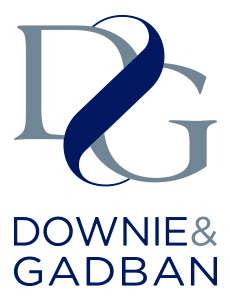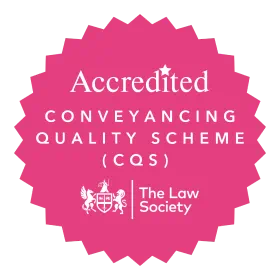Architects offer a wide range of products and services, from designing and drafting plans for a new property installation, to obtaining planning permission, preparing tender documentation to appoint a contractor and the supervision and certification of those works.
It’s only right that you expect your architect to provide you with a professional service. You could have a professional negligence claim if the service received was below a reasonable standard of skill and care and as a result you have suffered a financial loss.
If you think you have a claim against your architect, please contact us at Downie & Gadban and we’d be happy to assist.
Examples
There are many circumstances where it may be appropriate to pursue a claim against your architect. Some examples include:
- Failing to design competently
- Failing to spot a potential issue in a development
- Failing to include elements requested
- Failing to select appropriate or suitable materials
- Failing to provide adequate plans free from errors or defects
CONTACT US
If you wish to discuss a case with us, please contact our professional negligence specialist, solicitor Mark Robertson, on 01420 81270 or fill in the form below.
Should you make a complaint first?
All architects are regulated by the Architects Registration Board (ARB), which requires strict minimum standards of professional conduct and client care. Complaints about an architect should first be made through the architect’s own complaints handling procedure. If that fails to resolve the matter then you can complain to ARB which has a complaints procedure for clients who are dissatisfied with the level of service they have received.
If the architect is also a member of The Royal Institute of British Architects (RIBA), then it is also possible to raise a complaint via RIBA which has a separate complaints and dispute resolution service and members can be disciplined for professional misconduct. However, this is not the same as a professional negligence claim, and you do not need a decision from ARB or RIBA to proceed with a claim.
All members who are registered with ARB are required to have professional indemnity insurance. This means that, whatever the financial resources of the architect, any successful claim should be covered by their insurance.
It is important to remember that the time limit on bringing a professional negligence claim will not pause while you are going through the complaints process. If you are not sure on the best option for your claim, contact us at Downie & Gadban and we will be happy to advise.
Why Downie & Gadban?
Downie & Gadban’s team of professional negligence specialists have extensive experience in pursuing disputes involving professionals, including architects. We give practical and pragmatic guidance using clear and plain-speaking language to ensure you achieve the best possible outcome. Our specialist professional negligence solicitor is a member of the Professional Negligence Lawyers Association, giving you the confidence that you will receive expert advice on how to progress any claim.





